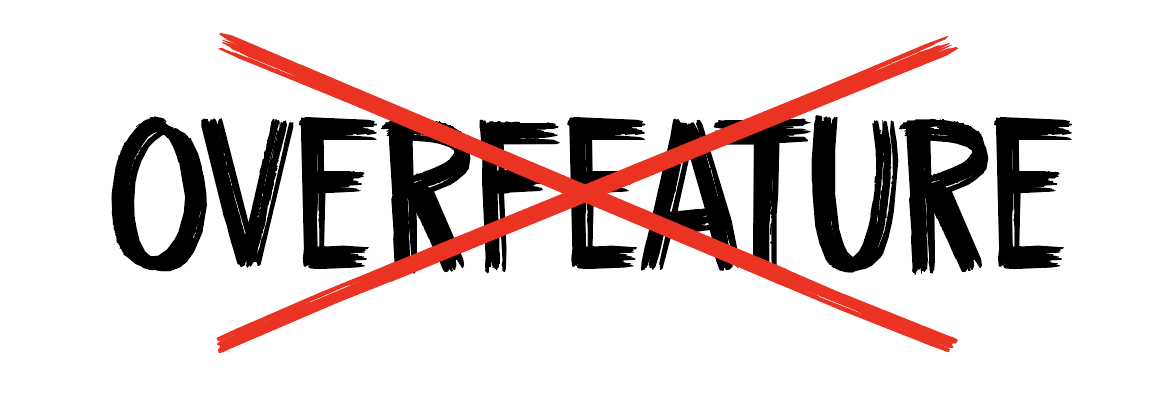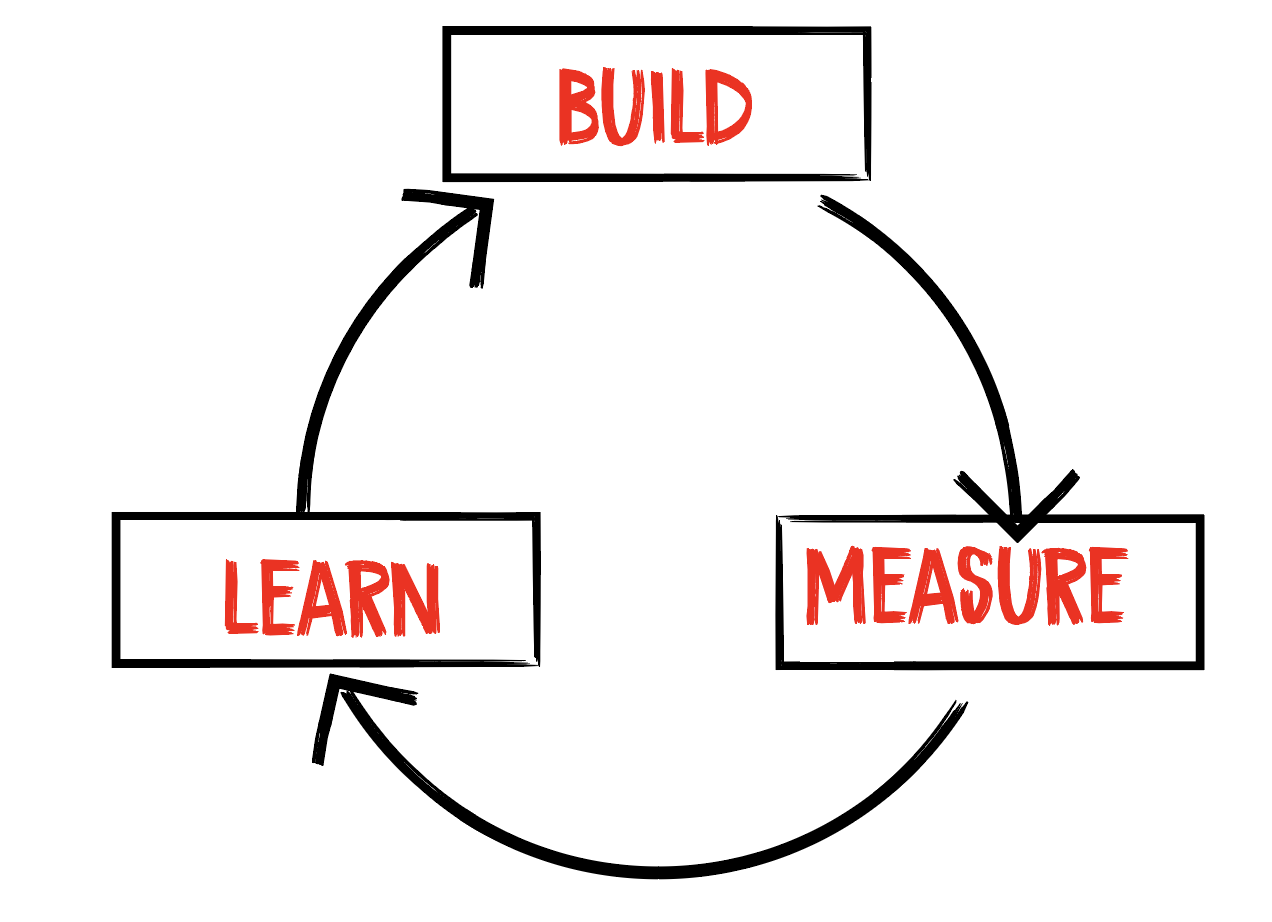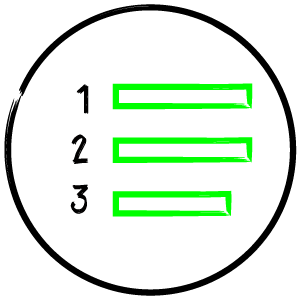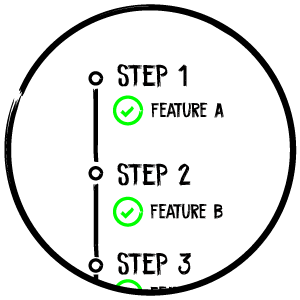
Almost All Mistakes to Avoid When Launching a Digital Product
Last update: 23 November 2022 at 01:02 pm
It happens very often at glueglue to receive requests of creation of mobile or web applications with unlimited features to do envy to Facebook, Slack, and Amazon altogether.
Entrepreneurs are so enthusiastic they let themselves go, maybe because they’re not used to the digital world, maybe because they’re in love with their own idea and way too enthusiastic about it.
“The golive of our app? It’s scheduled next month”.
In fact, the necessary efforts and time periods are undermined. Not because of a lack of ability, but because of a foundational choice that doesn’t allow to practically develop all the features any time soon.

To all these entrepreneurs, our advice is to define a Minimum Viable Product, a product which will give the idea of a finished product and easy to realize, so it allows to understand if it’s really worth the struggle to invest in that direction.
But What Is a Minimum Viable Product? If You Do Something, Do It Well
It’s been quite some time since I’ve read Lean Startup by Eric Ries, a sort of bible for ‘startuppers’ that provides a definition of an MVP (Minimum Viable Product), describing it as the version of a new product that allows to learn the greatest amount of information on their clients with the lowest effort.
During the development of digital products, the Minimum Viable Product should include only the minimum feature set which will represent its uniqueness. A dear friend always says: defining a Minimum Viable Product allows us to understand in simple terms what makes my product unique and to focus on that first.

Why Should You Have an MVP Approach?
The fundamental idea is to kick-start the flow of leaning, measure and learning, a cardinal principle of the Lean methodology. The objective is to minimize the efforts and costs of development and to focus on the data coming from real users and not hypotheses to create value.
The Lean startup methodology
The Lean method helps release a product that can be continuously improved while validating (or not validating) your business idea or business model, learning from what users really want, and building a roadmap that makes sense for your app.
This guide will give you the main steps that, in my experience, are useful to plan a feasible product and start the development to get the most precious thing in the least time possible: customer feedback.
How to Create Minimum Viable Products: The Fundamental Steps

1. Understand your goals
It seems like an easy step, but it’s not that easy, it’s about understanding why you’re doing something and what goals you have set. The following points should help you clear this first step.
- Determine your long-term goal of the product, it will be much easier taking all the decisions regarding it;
- Answer the question: “Why are we making this project?” here the answers can be many and not only connected to an economic goal. A Minimum or minimal Viable Product can be, for example, a good test to guide future business choices;
- Identify the factors that will determine if the product will be successful or not. Only this way you will be able to decide if you want to continue on the road you started from or give up and focus on something else.

2. Identify the opportunities
Make an effort and imagine: how will users use my product? Using a descriptive approach and telling the story of how a user should use the service can be very useful to identify the moments it makes sense to focus on.
- Map the pathways of the users, to understand the main moments. This step has been fundamentally important in my experience, to elaborate on certain choices of UX design and describe the effective utility. When you reason about something you often forget about what happens in the real world, nothing more dangerous!
- Identify the critical points and focus on those for each step. The most difficult choices to make are probably the ones where you have a lot of opportunities to improve. Only this way we can face the biggest issues.
- Sum up the fundamental points identifying the opportunities for continuous improvement. Every moment will present opportunities to work on and offer users an unforgettable experience.

3. Select what to put in your Minimum Viable Product
- Identify the fundamental functionalities based on the opportunities you have analyzed. Maybe it’s the most difficult step, but here it makes sense to keep in mind what the main problem I want to solve with my product and ask myself: does this functionality really bring an added value to my users?
- Define a roadmap of the product based on the hypothesis you made. On every functionality seen as important, outline when and how it might be introduced in the product based on the least effort /benefits.
- Prioritize the different functionalities based on their importance and plan a generic roadmap, be ready to revise it many times during your journey.
4. Measure!
This route might help you reduce to the bone the functionalities of the product allowing you to concentrate exclusively on what really matters, understanding if the users appreciate your product or what you have to improve to really win them over always hearing about the user feedback.
Now it’s time to understand how real users use it and validate the hypotheses that were made or not. In glueglue we always value the same results obtained by a Minimum Viable Product, and we advise our clients best on their next choices. For example, the results might be promising and to invest in the digital product, or it might be better to stop and start over with another hypothesis.
The Most Important Metrics for a MVP
There are different metrics that can be measured based on the set goals, the most common ones used by startups for their MVP are:
- Churn rate: the percentage of users that have left the service in a given time period;
- Customer acquisition cost (CAC): the mean cost of acquisition per user;
- DAU/MAU (daily/monthly active users): it measures the rate of involvement of your app to understand the actual usage.
Once you identify the metrics it will be useful to find meaningful data of the sector and compare between the ones you can get a plausible idea on how your Minimum Viable Product is performing.
When Should I Create a Minimum Viable Product of My Digital Product?
Not all the time, but it’s useful during the moments when you enter a market not validated yet or with strong possibilities of change. The Minimum Viable Product is advised to all the businesses trying to innovate themselves and find market niches that are yet to explore.
Form simple products to complex systems
That’s how companies such as Dropbox and Instagram built their products: the first version of Instagram for instance simply allowed you to share a photo with a limited number of filters. No accounts, stories, videos, etc, from a simple MVP to today’s extensive and complex social platform, complex systems that derive from initially very simple products.
Failure Is an Art
These are the key steps that help me every day to make important choices both at a consultancy and entrepreneurial level. Each step presents enormous difficulties and it is very easy to get lost along the way, so the last step that must pervade all this can be summed up in one word: constancy.
Years ago I was struck by a presentation by Seth Godin showing how many companies he failed before he achieved success. The real drive to test an ‘unfinished’ product can only come from the belief that only through failure you can actually achieve a result.
After this first step, making an MVP of your product will perhaps be a little easier!
And you? what are your experiences and what digital products have you launched?







